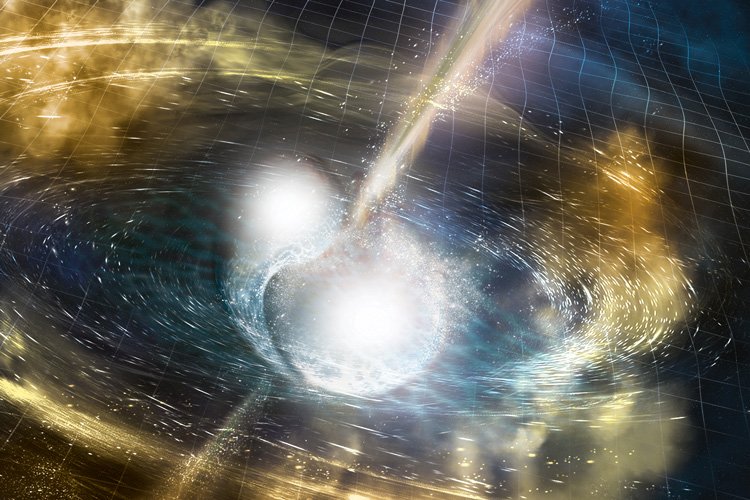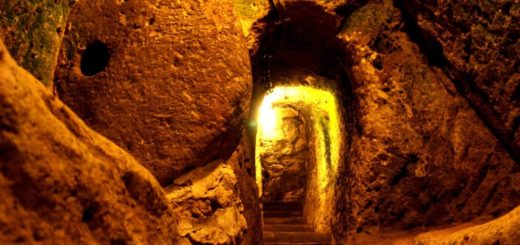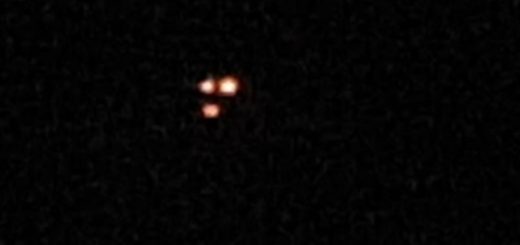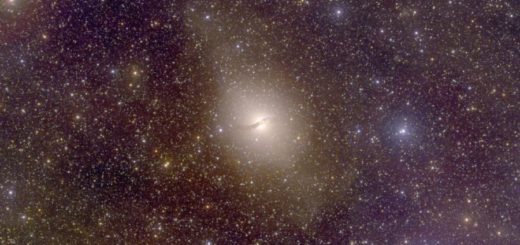Tremendous Collision Between Two Neutron Stars – Spectacular Cosmic Event Seen For The First Time
Astronomers have observed a gigantic cosmic collision between two neutron stars. This spectacular cosmic event was seen for the very first time.

The light was detected by VIRGO, an observatory based in Italy and LIGO (the Laser Interferometer Gravitational-Wave Observatory) detectors in the United States contributed with detection of the gravity waves.
The collision of these two super-heavy stars resulted in an explosion called kilonova. The stars are so incredibly dense that they weigh two or three times the mass of our Sun, even though their size is that of a city on Earth.
They are created when a massive star exhausts its fuel and collapses onto itself, compressing a mass comparable to that of the sun into a sphere only 10 miles across
Astronomers say that a teaspoon of neutron star material has a mass of about a billion tons.
‘We were anticipating LIGO finding a neutron star merger in the coming years but to see it so nearby — for astronomers — and so bright in normal light has exceeded all of our wildest expectations. And, even more amazingly, it turns out that most of our predictions of what neutron star mergers would look like as seen by normal telescopes were right!’ Berkeley professor of astronomy and physics Eliot Quataert said.
The collision that produced a powerful jet of hot plasma known as a gamma-ray burst (GRB) in a galaxy, took place 130 million light-years away in the direction of the constellation Hydra. In this location, the neutron stars spiraled toward each other. It led to the production of gold, platinum and uranium which are heavy elements.
A neutron star is the collapsed core of a large star having between 10 and 29 solar masses. Neutron stars are the smallest and densest stars known to exist. Though neutron stars typically have a radius on the order of 10 kilometers (6.2 mi), they can have masses of about twice that of the Sun.
They result from the supernova explosion of a massive star, combined with gravitational collapse, that compresses the core past the white dwarf star density to that of atomic nuclei.
Research will be published online by Nature, Science and the Astrophysical Journal Letters.



 Creators of mankind
Creators of mankind Description of “Tall white aliens”
Description of “Tall white aliens” Where they came from?
Where they came from? About hostile civilizations
About hostile civilizations The war for the Earth
The war for the Earth “Tall white aliens” about eternal life
“Tall white aliens” about eternal life Video: “Nordic aliens”
Video: “Nordic aliens” Aliens
Aliens Alien encounters
Alien encounters The aliens base
The aliens base UFO
UFO Technology UFO
Technology UFO Underground civilization
Underground civilization Ancient alien artifacts
Ancient alien artifacts Military and UFO
Military and UFO Mysteries and hypotheses
Mysteries and hypotheses Scientific facts
Scientific facts


















